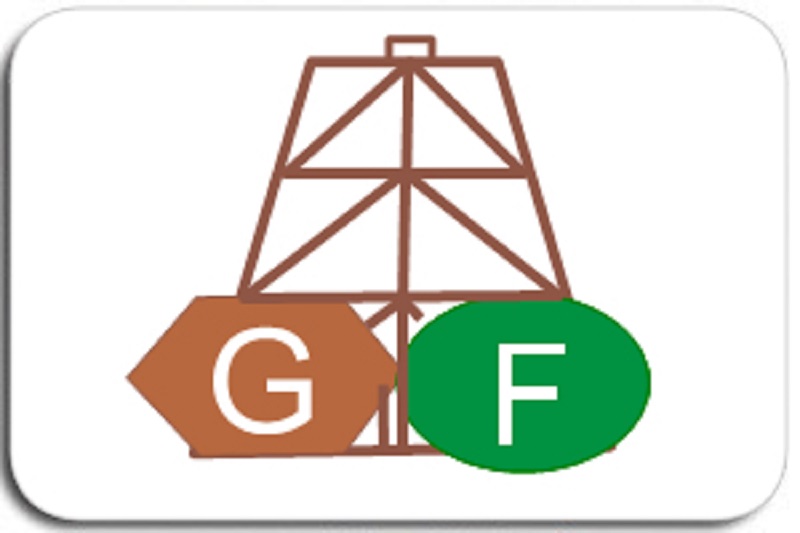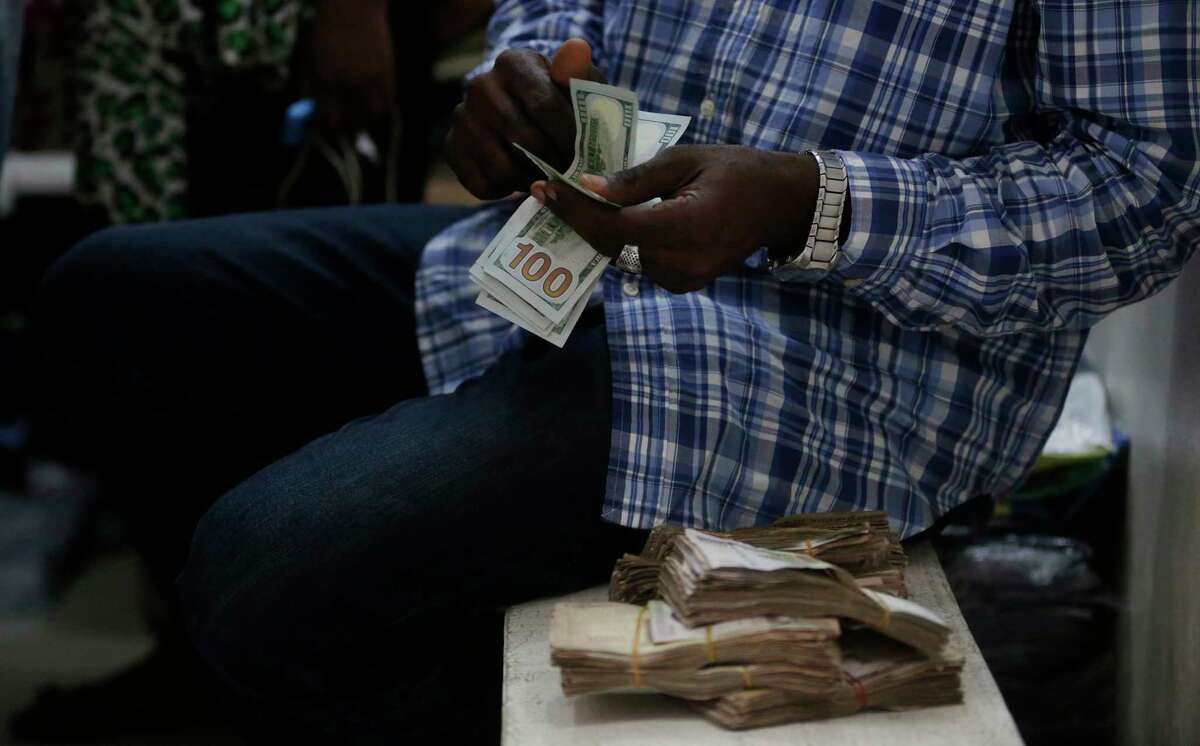Economy
Veterans Day Holiday May Lead to Choppy Trading on Wall Street

By Investors Hub
The major U.S. index futures are pointing to a lower open on Monday, with stocks likely to see further downside after moving notably lower last Friday.
Lingering concerns about the outlook for global economic growth and a continued increase in interest rates may contribute to early weakness on Wall Street.
Government officers, the bond markets, and most banks are closed in observance of Veterans Day, however, potentially leading to limited trading activity.
A lack of major U.S. economic data may also keep some traders on the sidelines, contributing to a relatively choppy trading day.
In the coming days, traders are likely to keep a close eye on reports on consumer price inflation, retail sales, and industrial production.
A speech by Federal Reserve Chairman Jerome Powell on Wednesday is also likely to attract attention, as traders look for additional clues about the outlook for interest rates.
Last week, the Fed left interest rates unchanged as widely expected but indicated it remains on track to gradually raise rates despite signs of a slowdown in the pace of growth in business investment.
CME Group’s FedWatch tool currently indicates a nearly 76 percent chance the Fed will raise rates by a quarter point following a two-day meeting scheduled for December 18th and 19th.
Following the mixed performance seen on Thursday, stocks moved mostly lower during the trading day on Friday. With the drop on the day, the Dow pulled back off its best closing level in a month.
The major averages climbed well off their worst levels of the day but remained firmly in negative territory. The Dow fell 201.92 points or 0.8 percent to 25,989.30, the Nasdaq tumbled 123.98 points or 1.7 percent to 7,406.90 and the S&P 500 slid 25.82 points or 0.9 percent to 2,781.01.
Despite the pullback on the day, the major averages all moved higher for the week. The Dow surged up by 2.8 percent, the S&P 500 jumped by 2.1 percent and the Nasdaq climbed by 0.7 percent.
The weakness on Wall Street partly reflected renewed concerns about the outlook for interest rates on the heels of the Federal Reserve’s monetary policy announcement on Thursday.
The Fed left interest rates unchanged as widely expected but indicated it remains on track to gradually raise rates despite signs of a slowdown in the pace of growth in business investment.
Adding to the concerns about interest rates, the Labor Department released a report showing a much bigger than expected increase in producer prices in the month of October.
The Labor Department said its producer price index for final demand climbed by 0.6 percent in October after rising by 0.2 percent in September. Economists had been expecting another 0.2 percent uptick.
Excluding food and energy prices, core producer prices still rose by 0.5 percent in October after edging up by 0.2 percent in September. Core prices had been expected to rise by another 0.2 percent.
Compared to the same month a year ago, producer prices in October were up by 2.9 percent, reflecting an acceleration from the 2.6 percent increase in September.
The annual rate of growth in core consumer prices also accelerated modestly to 2.6 percent in October from 2.5 percent in September.
“Overall, the producer prices data show that inflationary pressures remain fairly strong, which will keep the Fed hiking rates once a quarter in the near term,” said Andrew Hunter, U.S. Economist at Capital Economics.
A separate report from the University of Michigan showed a slight deterioration in consumer sentiment in the month of November.
The report said the consumer sentiment index edged down to 98.3 in November from the final October reading of 98.6. Economists had expected the index to dip to 98.0.
Extending a recent sell-off, tobacco stocks moved sharply lower over the course of the session, dragging the NYSE Arca Tobacco Index down by 3.5 percent. The index tumbled to its lowest closing level in well over two months.
The steep drop by tobacco stocks was partly due to a report from the Wall Street Journal indicating FDA Commissioner Scott Gottlieb plans to pursue a ban on menthol cigarettes.
Substantial weakness was also visible among biotechnology stocks, as reflected by the 2.8 percent slump by the NYSE Arca Biotechnology Index.
Steel stocks also saw considerable weakness amid concerns about the outlook for global demand, with the NYSE Arca Steel Index plunging by 2.5 percent.
Technology, gold, retail and brokerage stocks also showed notable moves to the downside, reflecting broad based weakness on Wall Street.
Economy
Nigeria Adds 150,000 b/d Crude Production in November 2024

By Adedapo Adesanya
Nigeria added 150,000 barrels per day to its crude production in November 2024 as it continues to pursue an ambitious 2 million barrels per day target.
According to the Organisation of the Petroleum Exporting Countries (OPEC), Nigeria’s oil production rose to 1.48 million barrels per day in November, up from 1.33 million barrels per day the previous month.
In its Monthly Oil Market Report (MOMR), OPEC revealed that at 1.48 million barrels per day, it is the continent’s leading oil producer, surpassing Algeria’s 908,000 barrels per day and Congo’s 268,000 barrels per day.
Business Post reports that OPEC doesn’t account for condensates, which Nigeria’s accounts for in its broader 2 million barrels per day target.
Despite the surge in production levels, Nigeria is still under producing its 1.5 million barrels per day output quota under a deal involving OPEC and 10 other producers known as OPEC+.
OPEC said it relied on primary data gotten through direct communication, noting that secondary sources reported 1.417 million barrels per day as Nigeria’s crude production in November — up from 1.4 million barrels per day in October.
The data also shows that OPEC’s total oil production among its 12 members rose by 104,000 barrels per day in the month under review.
According to secondary sources, the total of the 12 OPEC countries’ crude oil production averaged 26.66 million barrels per day in November 2024.
“Crude oil output increased mainly in Libya, Iran, and Nigeria, while production in Iraq, Venezuela, and Kuwait decreased”, OPEC said.
“At the same time, total non-OPEC DoC crude oil production averaged 14.01 mb/d in November 2024, which is 219 tb/d higher, m-o-m. Crude oil output increased mainly in Kazakhstan and Malaysia,” the organisation added.
In a related development, OPEC trimmed its 2024 and 2025 oil demand growth forecasts for the fifth time this year.
Now, the cartel expects the world’s oil demand growth at 1.61 million barrels per day from the previously 1.82 million barrels per day.
For 2025, OPEC says the world oil demand growth forecast is now at 1.45 million barrels per day, a 900,000 barrels per day cut from the previously expected 1.54 million barrels per day.
On the changes, OPEC says that the downgrade for this year owes to more bearish data received in the third quarter of 2024 while the projections for next year relate to the potential impact that will arise from US tariffs.
Economy
Afriland Properties, Geo-Fluids Shrink OTC Securities Exchange by 0.06%

By Adedapo Adesanya
The duo of Afriland Properties Plc and Geo-Fluids Plc crashed the NASD Over-the-Counter (OTC) Securities Exchange by a marginal 0.06 per cent on Wednesday, December 11 due to profit-taking activities.
The OTC securities exchange experienced a downfall at midweek despite UBN Property Plc posting a price appreciation of 17 Kobo to close at N1.96 per share, in contrast to Tuesday’s closing price of N1.79.
Business Post reports that Afriland Properties Plc slid by N1.14 to finish at N15.80 per unit versus the preceding day’s N16.94 per unit, and Geo-Fluids Plc declined by 1 Kobo to trade at N3.92 per share compared with the N3.93 it ended a day earlier.
At the close of transactions, the market capitalisation of the bourse, which measures the total value of securities on the platform, shrank by N650 million to finish at N1.055 trillion compared with the previous day’s N1.056 trillion and the NASD Unlisted Security Index (NSI) went down by 1.86 points to wrap the session at 3,012.50 points compared with 3,014.36 points recorded in the previous session.
The alternative stock market was busy yesterday as the volume of securities traded by investors soared by 146.9 per cent to 5.9 million units from 2.4 million units, as the value of shares transacted by the market participants jumped by 360.9 per cent to N22.5 million from N4.9 million, and the number of deals increased by 50 per cent to 21 deals from 14 deals.
When the bourse closed for the day, Geo-Fluids Plc remained the most active stock by volume (year-to-date) with 1.7 billion units valued at N3.9 billion, followed by Okitipupa Plc with 752.2 million units worth N7.8 billion, and Afriland Properties Plc 297.5 million units sold for N5.3 million.
Also, Aradel Holdings Plc, which is now listed on the Nigerian Exchange (NGX) Limited after its exit from NASD, remained the most active stock by value (year-to-date) with 108.7 million units sold for N89.2 billion, trailed by Okitipupa Plc with 752.2 million units valued at N7.8 billion, and Afriland Properties Plc with 297.5 million units worth N5.3 billion.
Economy
Naira Weakens to N1,547/$1 at Official Market, N1,670/$1 at Black Market

By Adedapo Adesanya
The euphoria around the recent appreciation of the Naira eased on Wednesday, December 11 after its value shrank against the US Dollar at the Nigerian Autonomous Foreign Exchange Market (NAFEM) by N5.23 or 0.3 per cent to N1,547.50/$1 from the N1,542.27/$1 it was valued on Tuesday.
It was observed that spectators’ activities may have triggered the weakening of the local currency in the official market at midweek as they tried to fight back and ensure the value of funds in foreign currencies strengthened.
The domestic currency was regaining its footing after the Central Bank of Nigeria (CBN) launched an Electronic Foreign Exchange Matching System (EFEMS) platform to tackle speculation and improve transparency in Nigeria’s FX market.
At midweek, the Nigerian currency depreciated against the Pound Sterling by N3.56 to close at N1,958.68/£1 compared with the preceding day’s N1,955.12/£1 and against the Euro, it slumped by 34 Kobo to trade at N1,612.66/€1, in contrast to the previous session’s N1,613.00/€1.
As for the black market segment, the Naira lost N45 against the American currency during the session to quote at N1,670/$1 compared with the N1,625/$1 it was traded a day earlier.
A look at the cryptocurrency market showed a recovery following profit-taking as the US Consumer Price Index report matched economist forecasts.
The news was enough to convince traders that the Federal Reserve is certain to trim its benchmark fed funds rate another 25 basis points at its meeting next week.
The move also saw Bitcoin (BTC), the most valued coin, return to the $100,000 mark as it added a 2.9 per cent gain and sold for $100,566.12.
The biggest gainer was Cardano (ADA), which jumped by 15.00 per cent to trade at $1.16, as Litecoin (LTC) appreciated by 10.4 per cent to sell for $121.76, and Ethereum (ETH) surged by 7.0 per cent to $3,929.30, while Dogecoin (DOGE) recorded a 6.7 per cent growth to finish at $0.4181.
Further, Binance Coin (BNB) went up by 5.2 per cent to $716.72, Solana (SOL) expanded by 4.6 per cent to $229.77, and Ripple (XRP) increased by 4.2 per cent to $2.43, while the US Dollar Tether (USDT) and the US Dollar Coin (USDC) closed flat at $1.00 apiece.
-

 Feature/OPED5 years ago
Feature/OPED5 years agoDavos was Different this year
-
Travel/Tourism8 years ago
Lagos Seals Western Lodge Hotel In Ikorodu
-

 Showbiz2 years ago
Showbiz2 years agoEstranged Lover Releases Videos of Empress Njamah Bathing
-

 Banking6 years ago
Banking6 years agoSort Codes of GTBank Branches in Nigeria
-

 Economy2 years ago
Economy2 years agoSubsidy Removal: CNG at N130 Per Litre Cheaper Than Petrol—IPMAN
-

 Banking2 years ago
Banking2 years agoFirst Bank Announces Planned Downtime
-

 Sports2 years ago
Sports2 years agoHighest Paid Nigerian Footballer – How Much Do Nigerian Footballers Earn
-

 Technology4 years ago
Technology4 years agoHow To Link Your MTN, Airtel, Glo, 9mobile Lines to NIN
























